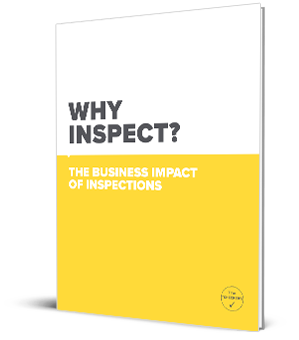There’s something about grilling that brings people together, whether it’s a backyard cookout with family or a team BBQ at work. But behind every sizzling burger is a propane cylinder that demands respect.
(Quick note: What most people casually call a “propane tank” is a propane cylinder, portable and refillable. A propane tank, technically speaking, is a much larger, stationary container. We’ll use the correct term here, but we get it — you’ve probably called it a tank for years.)
Most people know the basics: keep the grill outside, check for leaks, don’t light it with the lid closed. But propane safety goes beyond that—and it’s the lesser-known steps that often prevent the biggest accidents.
Especially if your workplace has a BBQ in the employee break area, now’s a good time to brush up. Because when it comes to propane, safety isn’t just for the job site, it’s for everywhere.
Work BBQs Are Great WHEN They’re Managed Safely
We love seeing teams bond over a burger. However, if your workplace has a propane BBQ, ensure that someone is responsible for keeping it safe, not just clean.
Common oversights in workplace BBQ areas:
- No assigned ‘grill boss’: Without clear responsibility, things slip through the cracks.
- Cylinders stored improperly: Propane cylinders must be stored outdoors in a secure, upright position, not inside break rooms or storage sheds.
- No ventilation planning: Even covered patios can trap gas. If it’s not fully open-air, it’s not safe for propane.
Swapping Cylinders: Do It Right or Don’t Do It
Changing a propane cylinder might seem simple, but doing it wrong can create a major hazard.
Here’s a safe, step-by-step refresher:
-
Turn everything off—burners and the cylinder valve.
-
Disconnect the regulator—twist counter-clockwise.
-
Remove the empty cylinder—always keep it upright.
-
Inspect the new cylinder for signs of rust, damage, or an expired date.
-
Reconnect the regulator firmly (but not forcefully).
-
Check for leaks using the soap-and-water test.
-
Open the valve slowly—a quick burst of pressure can damage the regulator.
And remember: transport cylinders upright, secure them in your vehicle, and never leave them in a hot trunk or car.
A Deadly Mistake: Using a BBQ Indoors
This should go without saying, but it still happens: propane BBQs should never be used indoors, not even in a garage with the door open.
Propane BBQs produce carbon monoxide, a colourless, odourless gas that can be deadly in enclosed spaces. Even a partially enclosed patio can trap CO, creating serious health risks for everyone nearby.
If it’s not entirely outside, don’t fire it up.
Safety Starts with Awareness
Most propane incidents are preventable. It’s not about fear—it’s about knowing the risks, building good habits, and treating your BBQ with the same respect you’d give any other gas-powered tool.
That’s why we created a SafeWork Guide dedicated to propane BBQ safety—so you can stay confident while keeping your cookouts incident-free.
Get the Guide: Propane BBQ Safety
Download the SafeWork Guide to learn:
✔️ How to safely use, store, and change propane cylinders
✔️ The best practices for workplace and backyard BBQs
✔️ Simple checklists and visuals that make safety easy
Bring safety to every BBQ—at home, at work, everywhere.











